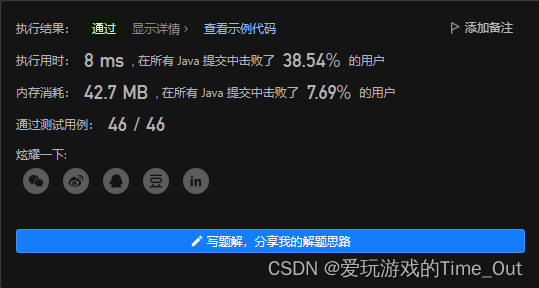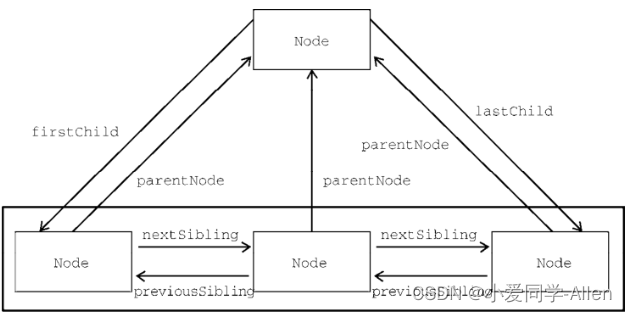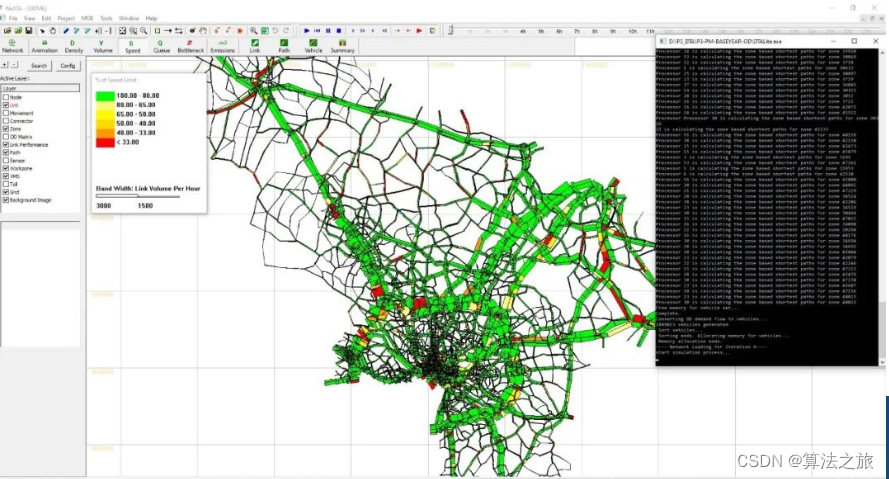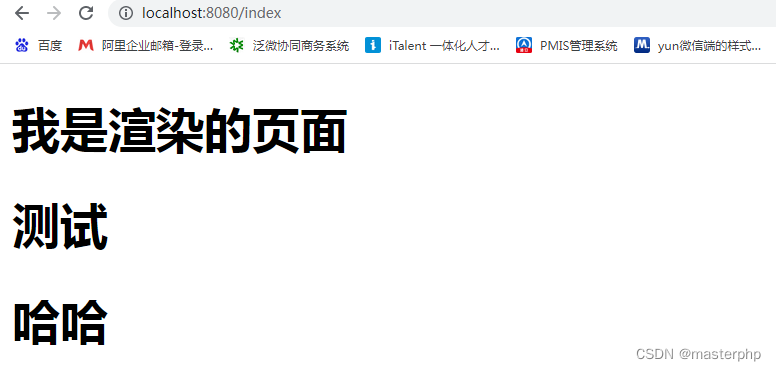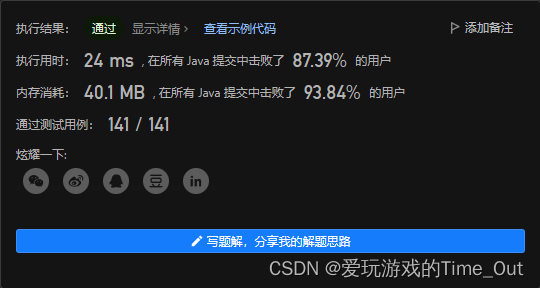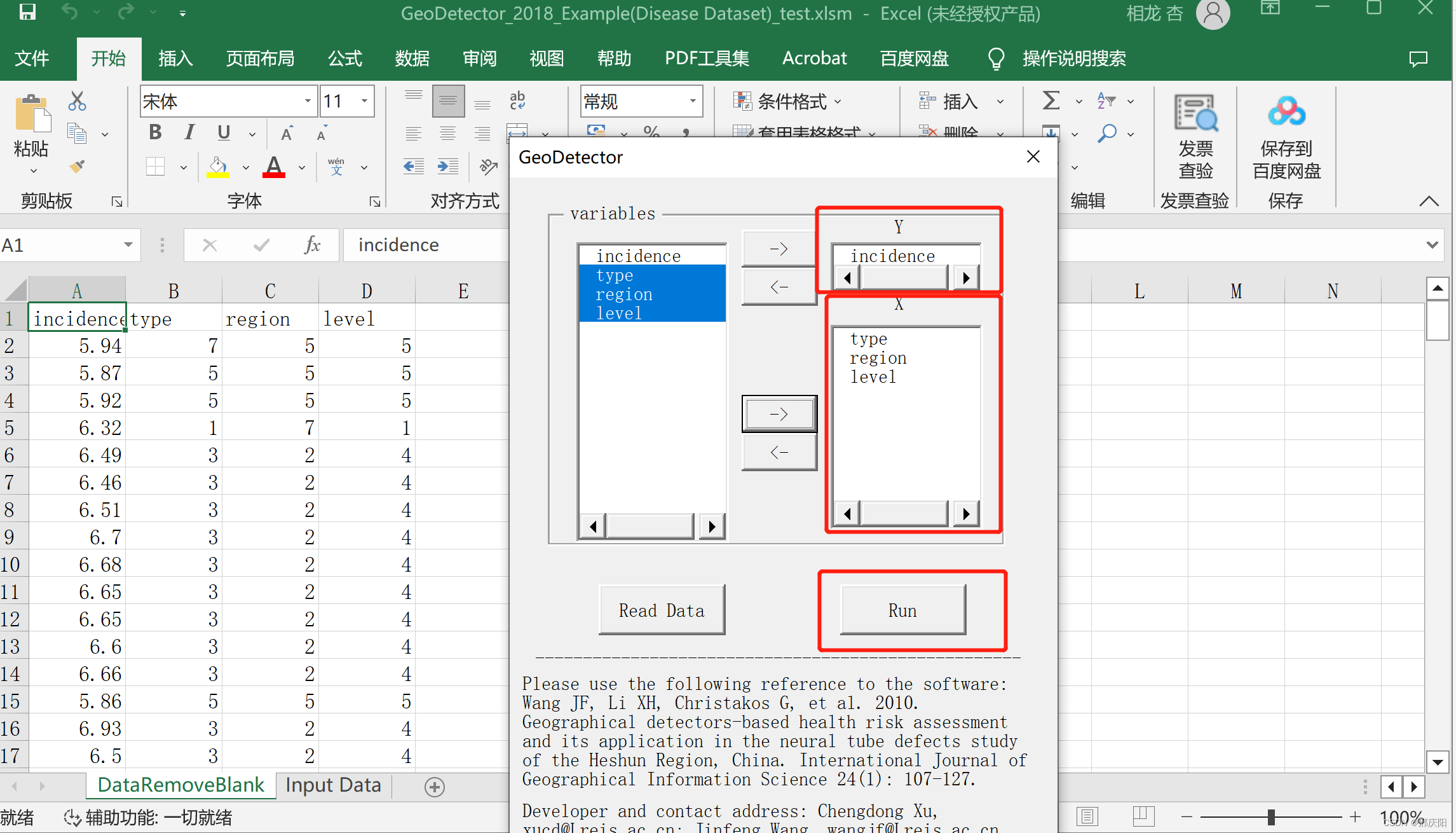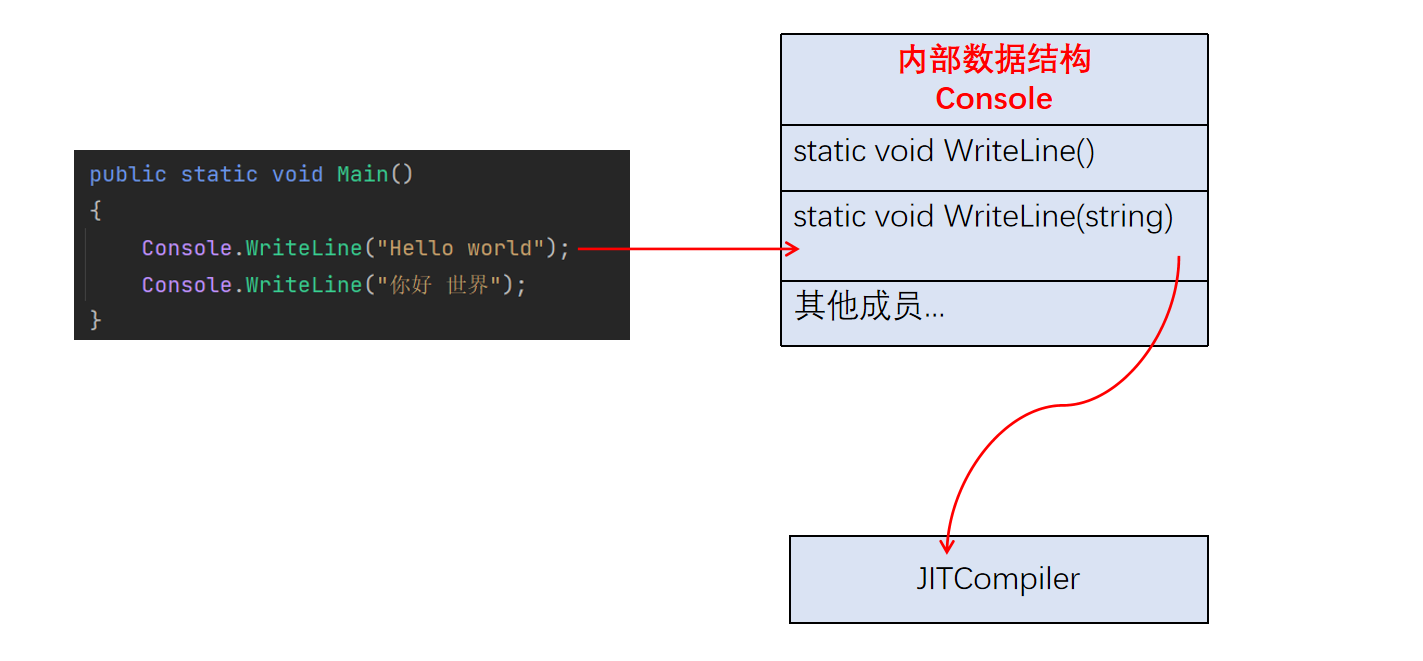本文内容参考:
LSM(Linux Security Modules)框架原理解析_lsm框架_pwl999的博客-CSDN博客
Linux LSM(Linux Security Modules) Hook Technology_weixin_30929011的博客-CSDN博客
特此致谢!
一、插桩具体实现
前文介绍了插桩原理,本文来详述插桩原理的具体实现。
在安全相关的关键系统调用中都显式地插入了静态插桩点。例如,在open()系统调用中通过vfs_open函数最终调用了security_file_open函数(关于系统调用的具体过程请参考相关文章,在此不作讲述)。vfs_open函数在fs/open.c中,代码如下:
/**
* vfs_open - open the file at the given path
* @path: path to open
* @file: newly allocated file with f_flag initialized
* @cred: credentials to use
*/
int vfs_open(const struct path *path, struct file *file)
{
file->f_path = *path;
return do_dentry_open(file, d_backing_inode(path->dentry), NULL);
}do_entry_open函数在同文件中,代码如下:
static int do_dentry_open(struct file *f,
struct inode *inode,
int (*open)(struct inode *, struct file *))
{
static const struct file_operations empty_fops = {};
int error;
path_get(&f->f_path);
f->f_inode = inode;
f->f_mapping = inode->i_mapping;
f->f_wb_err = filemap_sample_wb_err(f->f_mapping);
f->f_sb_err = file_sample_sb_err(f);
if (unlikely(f->f_flags & O_PATH)) {
f->f_mode = FMODE_PATH | FMODE_OPENED;
f->f_op = &empty_fops;
return 0;
}
if ((f->f_mode & (FMODE_READ | FMODE_WRITE)) == FMODE_READ) {
i_readcount_inc(inode);
} else if (f->f_mode & FMODE_WRITE && !special_file(inode->i_mode)) {
error = get_write_access(inode);
if (unlikely(error))
goto cleanup_file;
error = __mnt_want_write(f->f_path.mnt);
if (unlikely(error)) {
put_write_access(inode);
goto cleanup_file;
}
f->f_mode |= FMODE_WRITER;
}
/* POSIX.1-2008/SUSv4 Section XSI 2.9.7 */
if (S_ISREG(inode->i_mode) || S_ISDIR(inode->i_mode))
f->f_mode |= FMODE_ATOMIC_POS;
f->f_op = fops_get(inode->i_fop);
if (WARN_ON(!f->f_op)) {
error = -ENODEV;
goto cleanup_all;
}
error = security_file_open(f);
if (error)
goto cleanup_all;
error = break_lease(locks_inode(f), f->f_flags);
if (error)
goto cleanup_all;
/* normally all 3 are set; ->open() can clear them if needed */
f->f_mode |= FMODE_LSEEK | FMODE_PREAD | FMODE_PWRITE;
if (!open)
open = f->f_op->open;
if (open) {
error = open(inode, f);
if (error)
goto cleanup_all;
}
f->f_mode |= FMODE_OPENED;
if ((f->f_mode & FMODE_READ) &&
likely(f->f_op->read || f->f_op->read_iter))
f->f_mode |= FMODE_CAN_READ;
if ((f->f_mode & FMODE_WRITE) &&
likely(f->f_op->write || f->f_op->write_iter))
f->f_mode |= FMODE_CAN_WRITE;
if ((f->f_mode & FMODE_LSEEK) && !f->f_op->llseek)
f->f_mode &= ~FMODE_LSEEK;
if (f->f_mapping->a_ops && f->f_mapping->a_ops->direct_IO)
f->f_mode |= FMODE_CAN_ODIRECT;
f->f_flags &= ~(O_CREAT | O_EXCL | O_NOCTTY | O_TRUNC);
f->f_iocb_flags = iocb_flags(f);
file_ra_state_init(&f->f_ra, f->f_mapping->host->i_mapping);
if ((f->f_flags & O_DIRECT) && !(f->f_mode & FMODE_CAN_ODIRECT))
return -EINVAL;
/*
* XXX: Huge page cache doesn't support writing yet. Drop all page
* cache for this file before processing writes.
*/
if (f->f_mode & FMODE_WRITE) {
/*
* Paired with smp_mb() in collapse_file() to ensure nr_thps
* is up to date and the update to i_writecount by
* get_write_access() is visible. Ensures subsequent insertion
* of THPs into the page cache will fail.
*/
smp_mb();
if (filemap_nr_thps(inode->i_mapping)) {
struct address_space *mapping = inode->i_mapping;
filemap_invalidate_lock(inode->i_mapping);
/*
* unmap_mapping_range just need to be called once
* here, because the private pages is not need to be
* unmapped mapping (e.g. data segment of dynamic
* shared libraries here).
*/
unmap_mapping_range(mapping, 0, 0, 0);
truncate_inode_pages(mapping, 0);
filemap_invalidate_unlock(inode->i_mapping);
}
}
return 0;
cleanup_all:
if (WARN_ON_ONCE(error > 0))
error = -EINVAL;
fops_put(f->f_op);
put_file_access(f);
cleanup_file:
path_put(&f->f_path);
f->f_path.mnt = NULL;
f->f_path.dentry = NULL;
f->f_inode = NULL;
return error;
}从以上fs/open.c中do_entry_open函数的代码就可以看出前文提到的LSM框架的Hook机制。这里再来对照一下以加强认识:

机制如下:
首先用户执行系统调用时,先通过原有的内存接口进行功能性的错误检查;然后再进行自主访问控制DAC检查;在访问内核的内部对象之前,通过安全模块的Hook函数调用LSM,LSM查看操作上下文和主客体安全域的相关信息决定是否允许请求即确定访问的合法性,返回信息。
概括为3个步骤:
(1)先通过原有的内部接口进行功能性的错误检查;
(2)再进行自主访问控制DAC检查;
(3)调用LSM的Hook函数。
重点关注以下代码(片)段:
error = security_file_open(f);
if (error)
goto cleanup_all;这段代码就对应上图及流程中的调用LSM或者更准确地说具体安全模块的Hook函数。
欲知此函数详情,且看下回分解。


